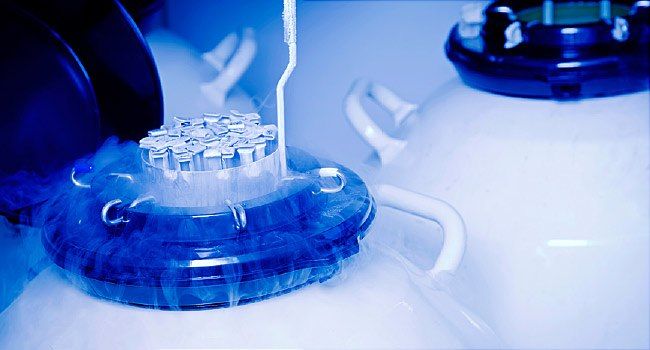Embryo Freezing

In an ordinary IVF or ICSI Treatment cycle, the woman’s ovaries are an stimulated to produce numerous eggs. Following treatment and embryo culture, the best embryos are chosen for embryo transfer. For about half of couples, there will likewise be great embryos which are surplus to those required for embryo transfer. These embryo transfer can be frozen now for some time later.
Embryo freezing (cryopreservation) is a strategy for preserving the practicality of embryos be carefully cooling them to extremely low temperatures (- 196oC). This is completed in the laboratory utilizing specialised freezing equipment and the embryos would then be able to be securely stored in fluid nitrogen for extended periods.
Benefits of Embryo Freezing:
The main advantage of embryo freezing is the alternative to have frozen embryos defrosted and transferred to the lady’s uterus later on without having to undergo stimulation of the ovaries or egg retrieval. It is likewise conceivable that there might be sufficient frozen embryos for more than one resulting cycle.
What does a frozen embryo transfer cycle actually involve?
Frozen embryo transfer cycles are moderately simple. A few times, the woman’s regular cycle will be checked by ultrasound to assess the improvement of the covering of the uterus and to choose the arranging of ovulation and embryo transfer. In various cases, depending upon the woman’s history an even more hormonally controlled cycle may be supported. The decision concerning the most legitimate treatment will be made in discussion with the Angels Fertility Center.
Are there any disadvantages to embryo freezing?
Around 70% of the embryos that are frozen will survive the defrosting procedure. This does anyway vary among patients and it is possible that none of a couple’s embryos will survive the freezing and defrosting process.
